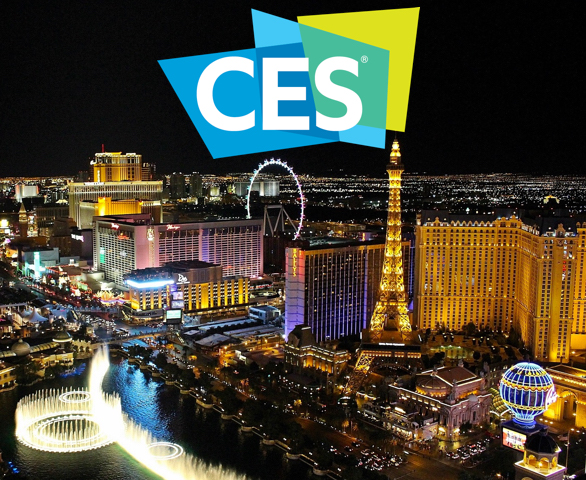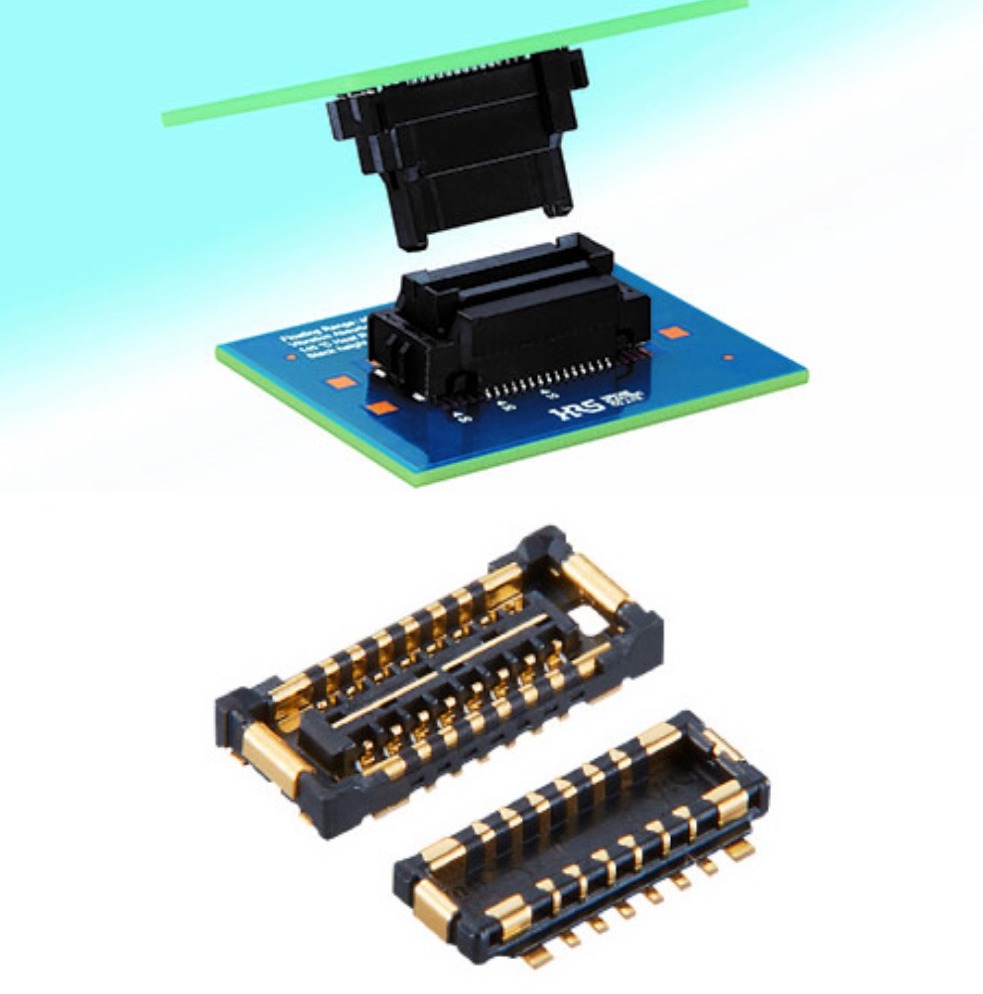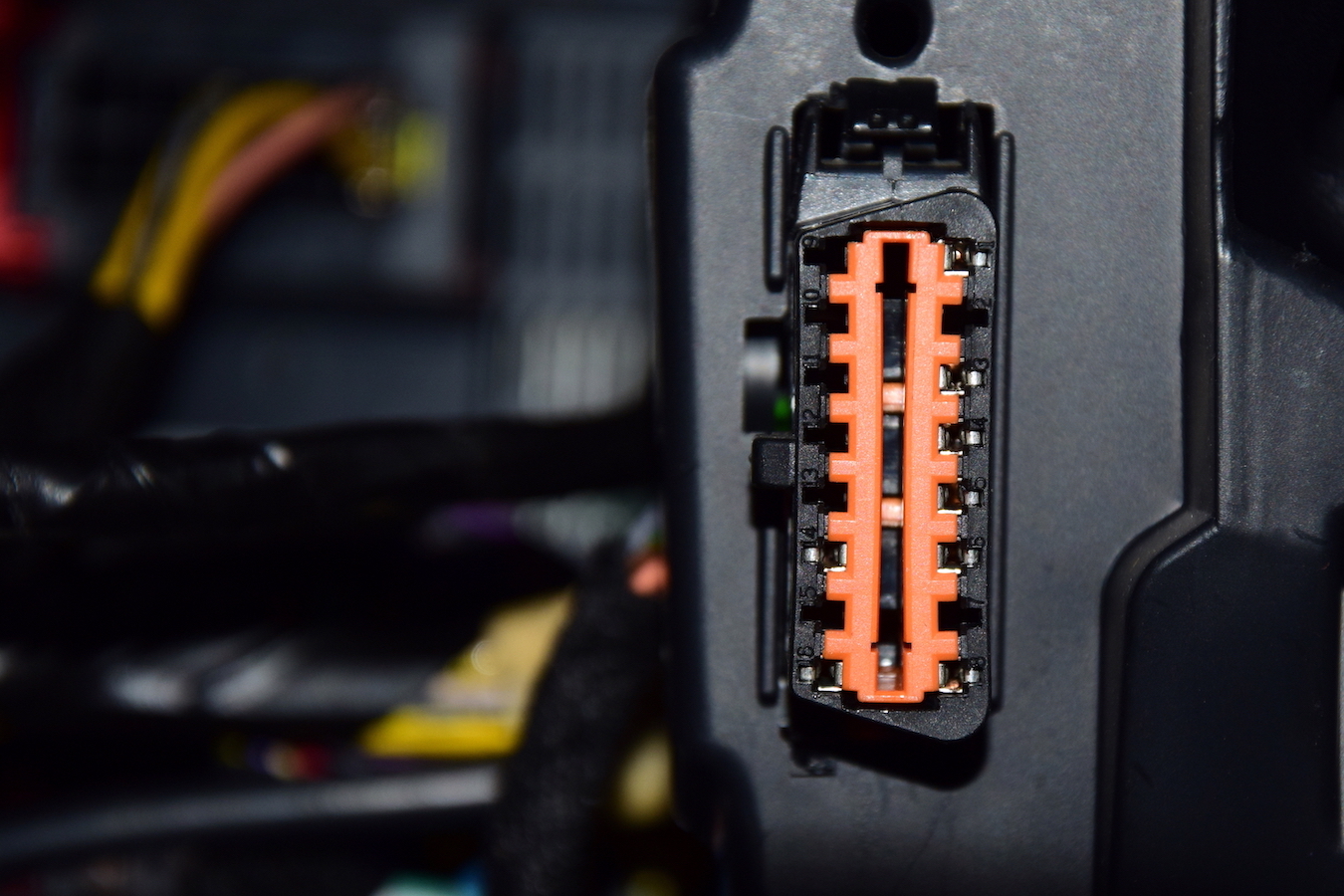From CES 2020: Connector and Cable Producers Must Get Creative
Innovation is happening at warp speed as machine learning, AI, and autonomy come into broad use. Product designers must work closely with component manufacturers to ensure that these enabling electronics meet the requirements of the future.

Visions of the future often include revelations of incredible new technology with totally novel functionality and capabilities. This has been particularly true in electronics. When it came on the scene, radio was entirely new. The same could be said of digital computers and their components, including vacuum tubes, transistors, and integrated circuits. When they first emerged, technologies like GPS required entirely new electronic components to function.
Is new technology always dependent upon new electronics? In certain areas, the answer is undoubtedly yes. Medical technology, for example, is experiencing truly novel advancements, such as flexible medical electronics and human-machine interfaces. New materials, components, and software make them possible. Today’s new electronics often depend on advancements in other, related technologies. Technologies such as machine learning, AI, and distributed computing are spurring new development in electronics that have been around for years. In addition, software is having a direct influence on the development of hardware. All of these forces were evident at the CES 2020 in January, as vendors and speakers from all over the world converged in Las Vegas to show how the future will be shaped by electronics.
Connector suppliers and distributors were among the exhibitors at CES 2020, including Avnet, Hirose Electric, Preci-Dip, Würth Elektronik, Wattgate, and AEC Connectors. Avnet launched its new IoT Partner Program, which is designed to help accelerate IoT adoption by giving developers a place to build complete IoT solutions, simplifying the complexities of IoT, and enabling more rapid and secure deployments of connected solutions. Hirose showcased solutions for next-generation wearables, smart devices, automotive, consumer, IoT, mobile, and data center applications, including its FX26 and BM46 Series connectors, which were both selected as Innovation Award Honorees at CES 2020. Developed for internal powertrain connections, including motor controllers in electric and hybrid electric vehicles, Hirose’s FX26 Series floating board-to-board connectors ruggedly withstand severe vibration and operating temperatures up to 140°C and were recognized in the CES Awards’ Vehicle Intelligence and Transportation category. Developed for next-generation 5G and WiGig wearable, portable, and mobile devices, Hirose’s BM46 Series multi-RF board-to-board connectors combine multiple RF and signal contacts within a single connector to enable smaller devices with increased productivity and were recognized in the CES Awards’ Mobile Devices and Accessories category. Other interconnect supplier exhibits primarily centered on connectors and cable assemblies for the consumer device market, but connectivity components used in automotive, health and wellness, and smart city systems also were out in force.

Hirose Electric’s FX26 Series (top) and BM46 Series (bottom) were Innovation Award Honorees at CES 2020.
Cars at CES 2020
A major topic of the 2020 show was autonomous and electric vehicles, which offer excellent examples of the influence software is having on hardware. The first example I encountered was in traveling to the show from San Francisco with a colleague in his Tesla Model 3. The vast majority of the drive was done with Tesla’s Autopilot, which relies on machine vision and radar to detect objects in its environment. Digital cameras and radar are not new technology (although there has certainly been innovation since their inception). Instead, what has unlocked Tesla’s ability to offer consumers such an advanced self-driving capability in the real world is its Neural Network, which is machine learning software that can capture and learn from every mile every Tesla vehicle on the road drives. Gradually, this system is learning where the tricky spots are, when human drivers are forced to take over, and how to take better action in the future, autonomously, to navigate a particular stretch of road.
At CES, the first night’s keynote presentation was a reveal by Mercedes of a concept car that integrates technology with the natural world in ways that were inspired by the film “Avatar.” In spite of some bizarre features (including “bionic scales” and organic battery technology), the concept car is an indicator that values are shaping the future of electronics and technology. In the past, innovations in electronics and new technologies have often shaped the future and our values; consider the smartphone revolution or even the telephone. This may be an indicator that we are returning to a more idealistic, mid-20th century “home of the future” era in technology.
Small Firms at CES 2020
Returning to the theme of software influencing hardware advancements, many of the smaller vendors at CES demonstrated that emerging electronics are being defined by the uses inspired by innovative software technology. Israel-based NovaSight, for instance, combined optical image sensors with artificial intelligence to develop its CureSight treatment for amblyopia, or lazy eye. Moshe Barel, NovaSight’s VP of sales and marketing, said there is nothing intrinsically innovative about the electronics in their products; instead it’s the AI technology they’ve developed that allows the firm to offer their solution.

The NovaSight CureSight system on display at CES 2020.
Another Israeli firm, TriEye, illustrates how the availability of new applications for electronics components is driving their innovation. TriEye is a semiconductor firm focused on short-wavelength infrared (SWIR) components. Formerly, SWIR sensors or cameras had limited applications in military and aviation, which meant that SWIR-enabled products were expensive. However, with autonomous vehicles on the near horizon, the potential market for SWIR cameras is now much broader. In response, TriEye created its Raven SWIR camera at a tiny fraction of the cost of previous cameras by using complementary metal-oxide-semiconductor (CMOS) technology. Critically, this hardware works with existing machine vision algorithms, making it easy to adopt for autonomous vehicles and advanced driver assistance systems (ADAS).
Innovation is even giving new life to aging automotive technology. In 1996, all new cars came out of the factory with a port conforming to the on-board diagnostics (OBD) II standard, an upgrade from the former OBD-I standard with a female 16-pin J1962 connector typically mounted under the steering wheel. This port gave mechanics access to diagnostic fault codes generated by the car’s various modules and computers.
Today, new consumer technology is opening up this quarter-century old interface to vehicle owners in addition to professional mechanics. At CES, Thinkcar showed off a $50 Bluetooth device that plugs into the OBD-II port and allows vehicle owners to access a wealth of information about their vehicle. These Bluetooth devices have been around for several years, but with Thinkcar’s platform, the data available is beginning to rival dealer-level scan tools.
What does this mean for the connector and cable industries?
The reinvigoration of older electronics by AI, machine learning, and other technologies means that smart evolution will be as important in the coming years as fully new concepts. Design considerations like ruggedization, waterproofing, and miniaturization will need to be creatively applied to connector and cable components for a myriad of potential new applications. Current connector and cable products may not be able to meet the unique requirements of future technologies, which means that suppliers will have to work closely with the rich community of innovative small companies to create the components that can help make the future a reality.
Like this article? Check out our other New Technology articles, our Consumer Electronics and Automotive Market Pages, and our 2020 and 2019 Article Archives.
- 30 Years of Automotive CAN - March 30, 2021
- Industrial Interconnects Enable Advanced Process Controls in the Fresh Water Industry - February 23, 2021
- Remote Work Opens Network Infrastructures to Security Risks - December 8, 2020






